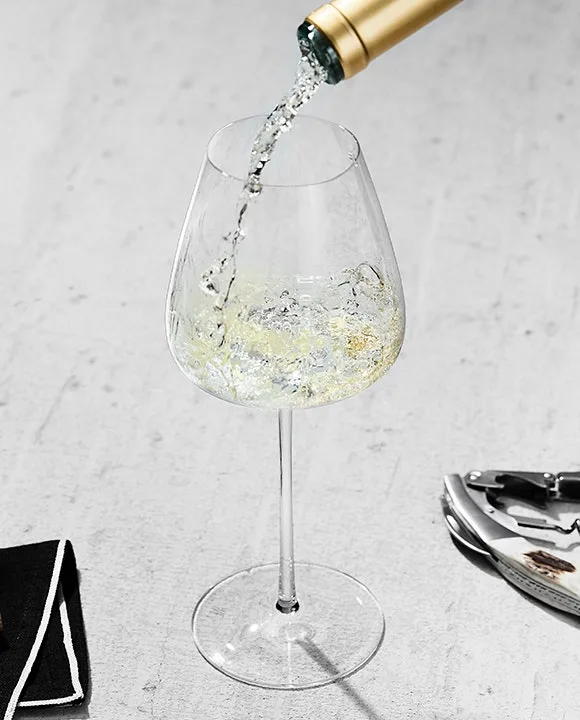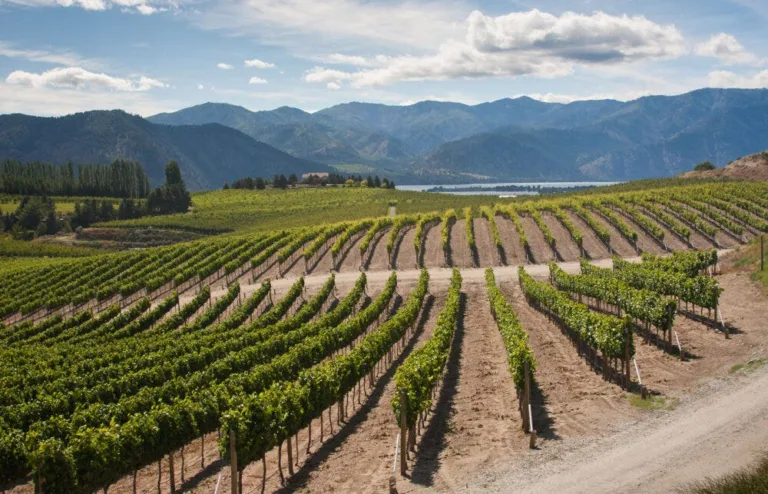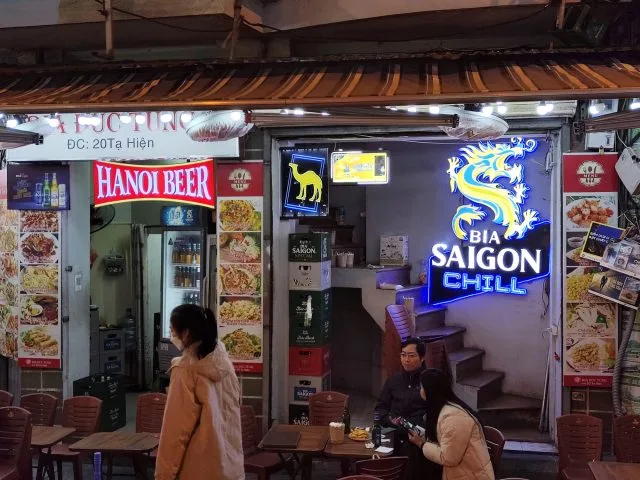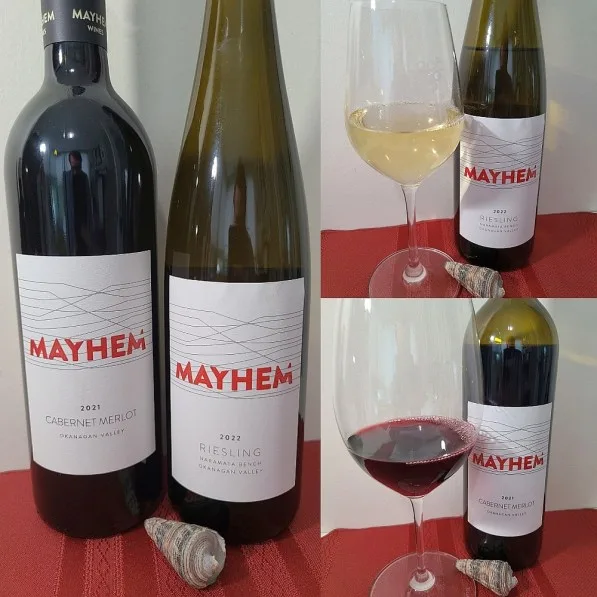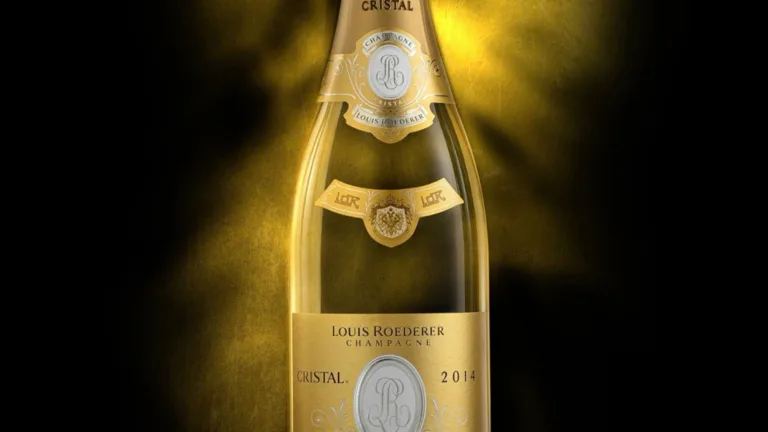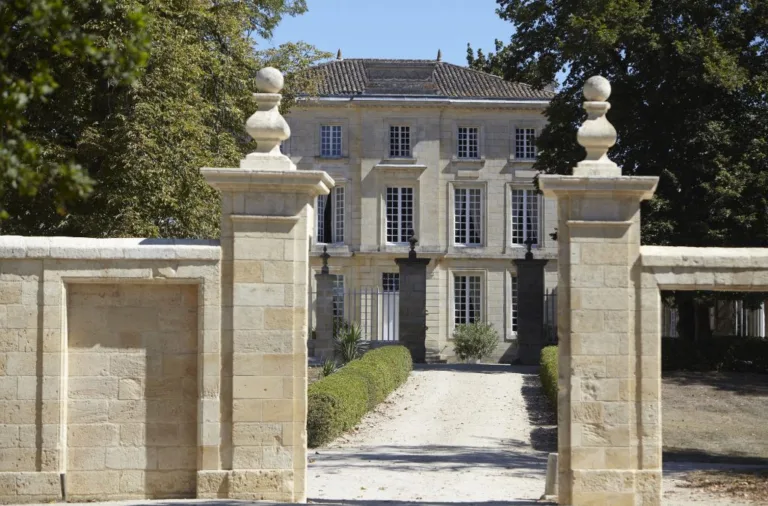Seattle is known for great seafood and abundant rain, and Madeleine Angevine goes wonderfully with the former and ripens early enough to pick before the latter. Producing dry, crisp wines, the grape is popular in Germany and the UK and grows well in its place of origin, France’s Loire Valley. But it absolutely flourishes in the cool, temperate climate of Washington State’s Puget Sound AVA, pairing perfectly with briny local oysters.
People are often fooled by the reputation for rain in the Northwest, comments Betsey Wittick, who grows grapes and makes wine at Bainbridge Vineyards, an hour’s trip (including a 35-minute ferry ride) from downtown Seattle. Yet the summer climate is dry and Mediterranean, ideal for Madeleine Angevine. By the time the chance of rain really picks up in October, Wittick’s long done with picking.
But the grape is not without its own set of challenges: “It has the most beautiful tendrils,” explains Wittick. And the most tenacious: “If you don’t get to Madeleine Angevine on time, the tendrils hold these clumps together and you have to do an upward karate chop through the tendrils to separate them.”
Madeleine Angevine was long thought to be a cross between Madeleine Royale and Précoce de Malingre, but the advent of DNA testing refuted that theory and showed it likely came from a mid-19th-century crossing of Madeleine Royale and Blanc d’Ambre. From a winemaking perspective, Wittick considers it to fill a similar niche as Pinot Blanc, occasionally reminiscent of Sauvignon Blanc.
“The
This Article was originally published on Wine Enthusiast

